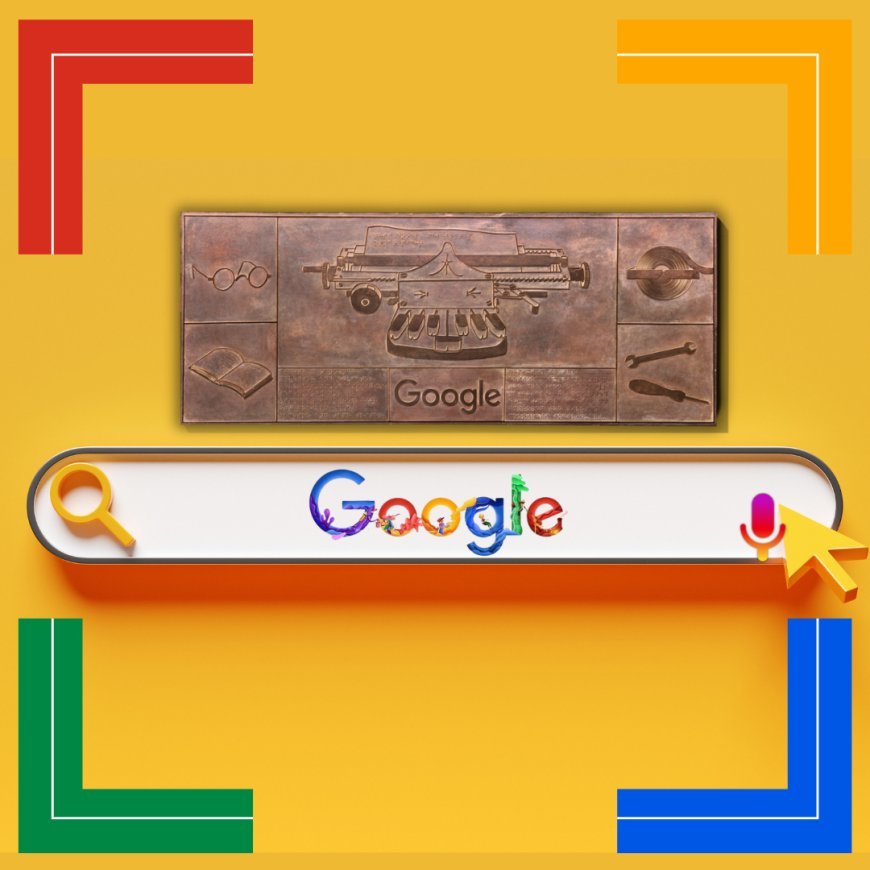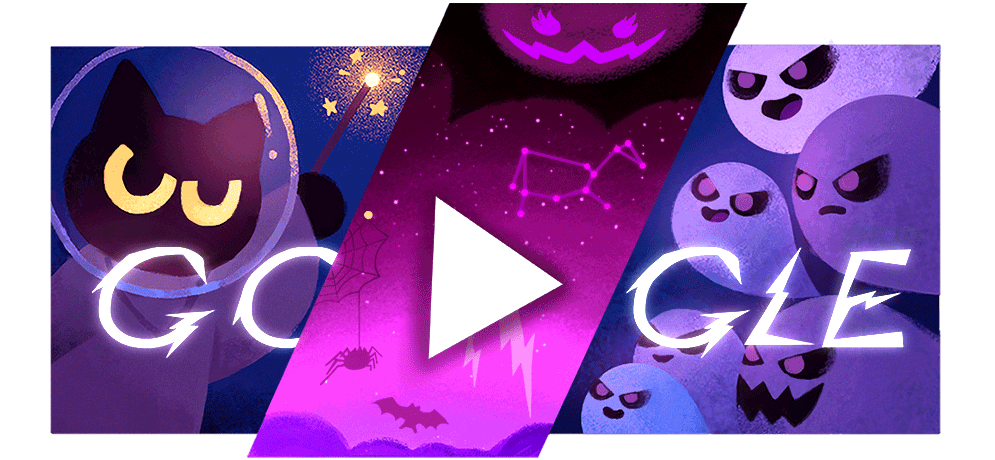Celebrating Oskar Picht: The Visionary Behind the Braille Typewriter
Google honors Oskar Picht, the inventor of the Braille typewriter, through a special Doodle. Learn how his invention revolutionized accessibility for the visually impaired and continues to impact millions worldwide

In a world where technology often focuses on the next big thing, it’s crucial to remember the visionaries who paved the way for inclusive solutions that empower the differently-abled. On this occasion, Google commemorates Oskar Picht, a German inventor whose pioneering work in the early 20th century revolutionized accessibility for the visually impaired by creating the first Braille typewriter.
A Game-Changing Invention for the Blind Community
Before Picht’s innovation, blind individuals relied on painstaking methods to read and write using Braille, a tactile writing system developed by Louis Braille. However, the process was slow, and there were limited options for quick and efficient writing. Picht’s Braille typewriter, invented in 1901, allowed for smoother and faster writing, making literacy and communication much more accessible for blind individuals.
This invention was more than just a mechanical device—it was a gateway to independence for millions. The Braille typewriter made education, communication, and professional opportunities more attainable for people with visual impairments, giving them a tool to participate actively in society.
How Picht’s Invention Shaped Modern Accessibility
Today, we take for granted the numerous assistive technologies available for the differently-abled, but Picht’s invention laid the foundation for many of these advancements. His work set the stage for future innovations such as screen readers, Braille displays, and voice-controlled devices, all of which aim to create a more inclusive technological environment.
His invention also sparked an awareness that accessibility should be a priority in technological design—a mindset that continues to grow stronger in today’s world. It also highlights the importance of bridging the gap between technology and social responsibility.
Google’s Tribute: A Step Toward Raising Awareness
Google’s Doodle celebrating Oskar Picht brings his contributions back into the spotlight. It serves as a reminder of the power of assistive technology to change lives, and how far we’ve come in promoting accessibility and inclusivity. The Doodle showcases the Braille typewriter, emphasizing the profound impact Picht’s work had on the global blind community.
While technology is ever-evolving, the principles of accessibility established by Picht remain essential in today's world. His dedication to creating solutions for the blind has inspired numerous innovations that now benefit millions across the globe.
The Continued Relevance of Braille
Although technological advancements such as audiobooks and voice-controlled gadgets have made life easier for the visually impaired, Braille literacy remains a cornerstone of education and independence for many. Tools like Picht’s Braille typewriter continue to be relevant, particularly in educational institutions for the blind, and have evolved into modern-day Braille printers and displays that maintain the essence of his original design.
Conclusion: Remembering a Visionary
Oskar Picht's invention goes beyond being a simple mechanical device—it symbolizes freedom, literacy, and independence for the visually impaired. As we embrace newer technologies aimed at inclusivity, it’s important to honor the pioneers like Picht who laid the groundwork for modern accessibility tools.
The next time you use an accessibility feature on your phone or computer, take a moment to appreciate the people who made it possible, starting with inventors like Oskar Picht.
What's Your Reaction?








































































